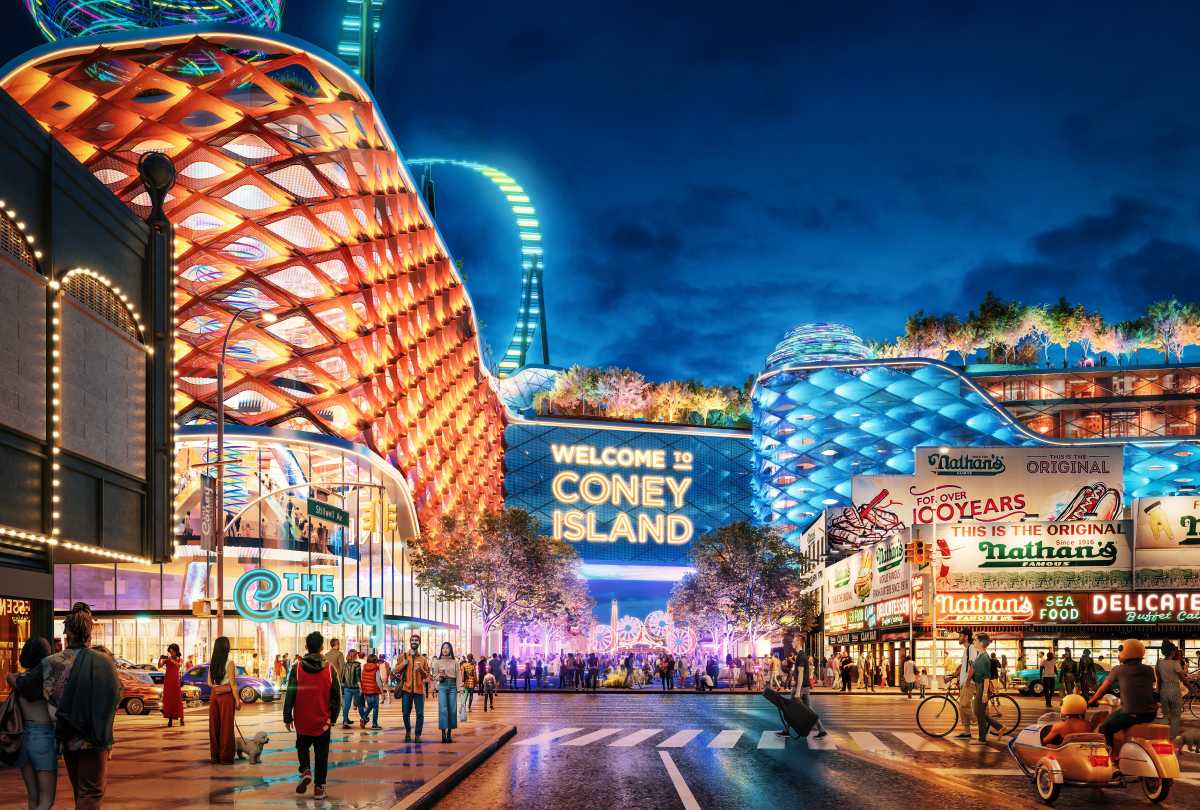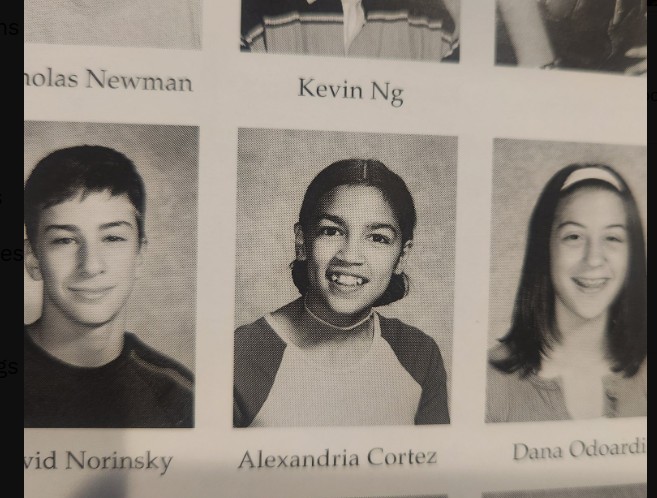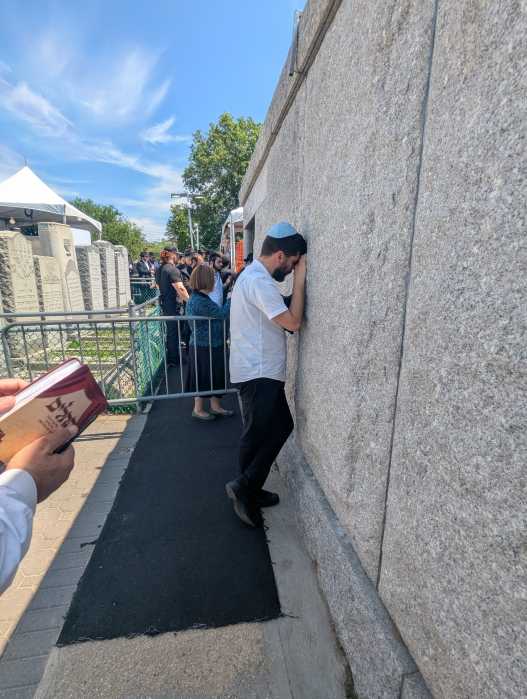By Madelyn Wils
As we move forward in the planning of the World Trade Center site, the realization of a cultural complex becomes more omnipresent. The anxiety over the many years of construction and the inconveniences that will become part of our daily lives can be diminished somewhat by the knowledge that we will all benefit from the outcome. But the promise of striking buildings and a memorial with a great transportation center may not be enough to hold residents and employees here through years of turmoil.
The W.T.C. cultural complex has the ability to engage our collective imagination in a positive manner. We have waited a long time for cultural and entertainment uses that speak to all of us. The mix of institutions that ultimately will be chosen cannot just lure tourists who will visit the memorial, but should be inviting enough to attract regular visits by the people who call this area home. Whoever is picked to operate the theaters and museum must unite to develop cohesive programming that relates to the masses downtown. The W.T.C. cultural complex also needs to be the anchor that creates enough energy and excitement that will draw visitors to the great number of museums and smaller theater companies that already inhabit downtown.
Now let’s examine the short list of finalists that the Lower Manhattan Development Corp. has painstakingly chosen. These organizations have the potential to create a lot of excitement Downtown. Depending on the final mix chosen, these institutions will have the challenging task of figuring out how to work together both in programming the facility and fund raising.
Themes that have been heard over and over again cannot be ignored. The 92nd St. Y, which not only provides a much needed community center but also diverse programs and classes geared to a wide range of consumers, has been a consistent choice in all polls taken Downtown and a favorite of Community Board 1. Although the community center will probably need an off-site location close to the W.T.C. site, the Y’s cultural programming would be a great complement to the W.T.C. complex. The L.M.D.C. should be supportive in every way to have the 92nd Street Y become a part of the fabric of the Lower Manhattan community.
The New York City Opera has aggressively pursued a Downtown home. They could be a welcome addition on the site, but it is still unclear whether they physically fit. If they do, the question is would it be in lieu of other organizations that might have more direct impact on the community? The opera’s programming may be successful Downtown, but how this 2,200-seat theater would be used when the opera is not in season is still unanswered. It would not be in anyone’s interest to have a performing arts complex that is dark much of the year.
The Joyce Theater would like to create an International Dance Theater. This concept seems to be well thought out and has the potential to create strong roots in the community. The Joyce would need a 1,000-seat theater, which could leave room for a smaller theater that could house ongoing programming for groups like The Tribeca Film Institute, where I am president, The 92nd Street Y and a number of other smaller theater companies.
The Freedom Museum has captured the imagination of many intellectuals in New York. The idea to create a museum that explores the meaning of freedom, tolerance and its future in this country and the world has a lot of potential. If chosen for the W.T.C. cultural complex, The Freedom Museum will benefit from the time given to it, to choose a curator and develop its programming further.
The Tribeca Film Institute/Festival was born out of the ashes of September 11th. The festival was created not only for filmmakers but also for the people who live and work in Lower Manhattan. It has been enormously successful as both an economic engine and as a source of pride and excitement for the community. The Film Institute/Festival will expand its programming to include a two-week theater festival and year-round programming. T.F.I. will be able to take advantage of both large and small theaters located at the W.T.C. site.
The L.M.D.C. along with the city and state have a tremendous responsibility to create a magnificent cultural/memorial precinct. However, one cannot forget that there is a spirit and sensibility to Downtown culture. Without capturing some of that essence in the W.T.C. cultural complex, there will always be a divide that will separate the complex from the rest of Lower Manhattan, no matter how it tries to be a part. Engaging the community in programs at the site will add vitality Downtown. It is not only possible but also necessary to choose institutions that can attract residents, workers and tourists at the same time.
The reality of a great cultural complex, first class retail and two transportation hubs, will go a long way in attracting commercial tenants to the W.T.C. site and the surrounding area. We all look forward to the day when we can come to the new World Trade Center, experience a great memorial, shop to our heart’s content and take in a wonderful performance or lecture. This is the boost that we need and deserve after living through the nightmare of September 11th and the enormous obstacles that we have to face on the road to recovery.
Madelyn Wils, a Tribeca resident, is president of the Tribeca Film Institute and chairperson of Community Board 1.



























